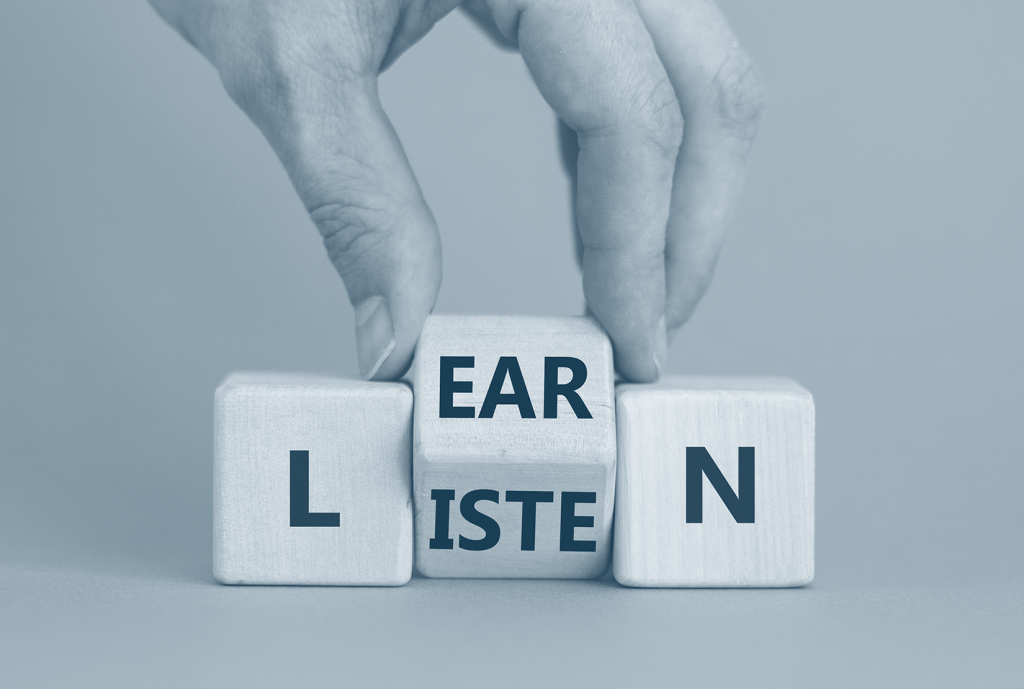We receive hundreds of resumes each month. Some are polished documents that demonstrate skills, attention to detail, and pride in accomplishments. Others are slapdash, thrown together, typos, no dates, and almost impossible to read quickly. We do not use resume screening software and those hard to read resumes rarely get a second look. Whether your resume will be read by software or human beings, your resume is your pitchbook and it deserves your attention.
First, think about resumes that you send to large organizations. Those resumes are screened by bots, and they are looking for key words. If you are responding to a listing, each time you send out your resume, make sure that you add words from the advertisement to your resume. The bots look for key words and will reject resumes that do not have them. Eventually the resumes the bots like best are read by people; people who have to look at a lot of resumes.
If you are sending out your resume and you expect someone will actually read it, you should (truthfully) modify your resume to respond to the skills and background being sought. We will screen that resume quickly and if it interests us, we will read it more thoroughly.
What are we looking for? Where you work and on what team; how long have you stayed in your previous jobs and what you did there; promotions; education. But, if a resume is a mess, if it’s hard to read because of tiny typeface and no whitespace, if dates are not there, if there are typos (“university” and “public” are common typos), we will often trash it. We certainly won’t read it a second time.
Don’t rely on spellcheck to read your resume. Don’t try to proofread it yourself. You may not catch typos, even if you read the resume backwards line by line. Give your printed resume to someone who does not understand what you do, who will ask questions about spelling, terms, and general accuracy.
Are the dates correct?
Did you put in an end date to the job you had when you last launched a job search. Make sure you have closed out track changes. Then ask someone else to read the resume on a screen. For some reason, typos can jump off the page when a new reader takes a look.
Format- The simpler, the better. A long preface describing all your skills and your 25 years of experience is not helpful. In fact, it detracts from the resume. (See our post I Don’t Want to Read Your Resume Summary). Unless you are in a creative field, lots of colored sections are distracting and gimmicky. Please do not put your photo on your resume. LinkedIn is the appropriate place for a photo, not your resume. Please include white space between sections. The white space makes your resume so much easier to read. Don’t forget dates. We are seeing more and more resumes without them.
If you have had several years of experience, a two-page resume is acceptable. While one page is still preferred, the rationale has become outdated. Before email, resumes were mailed or dropped off in envelopes and pages could become separated. With resumes now read on screens, losing page two is no longer a concern. Just make sure that the most important points are on page one. If your resume has projects or deals and it’s running over, consider having a one-page resume and a second transaction list.
Bottom line, make sure that you feel well-represented by your resume and that anyone who reads it, will be able to put together a good preliminary view of who you are.
This article is a follow up to our original post, ” I don’t want to read your resume summary“.




